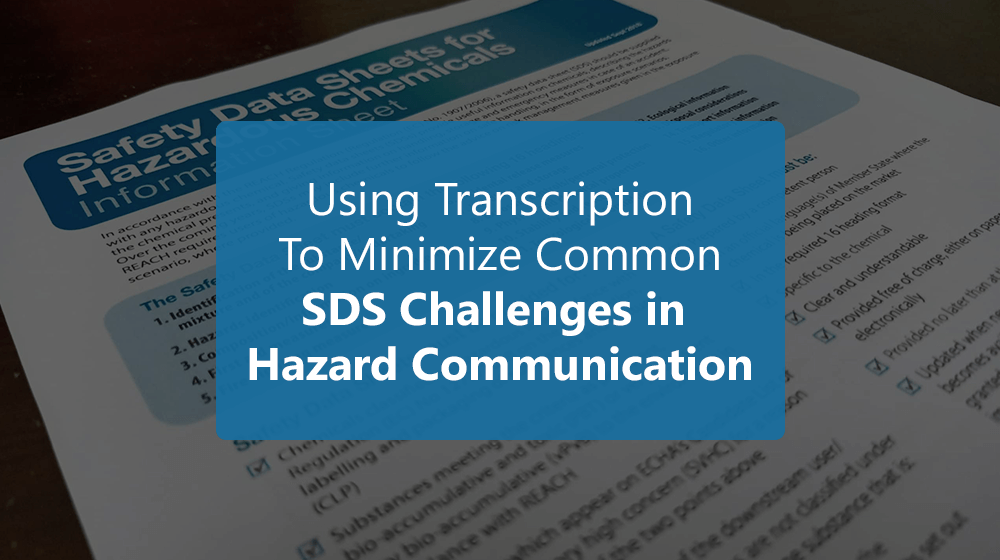Non-verbal communication is a fascinating and complex aspect of human interaction. It encompasses facial expressions, gestures, body language, tone of voice, and other subtle cues. While verbal language plays a vital role in communication, non-verbal cues often provide deeper insights into emotions and intentions. Research by Sage Publications stated that nonverbal cues carry approximately two-thirds of a message’s communicative value; sometimes, they even convey meaning beyond words.
Let’s learn more about non-verbal communication and the art of interpreting them:
Interpreting facial expressions
Facial expressions are the various movements and configurations of the face that convey emotions, attitudes, and intentions. They involve activating specific facial muscles, resulting in changes in the appearance and alignment of facial features. Interpreting facial expressions is essential in translation as it helps capture the intended emotions the speaker conveys.
Best ways to analyze facial expressions:
- Observation: The first step in interpreting facial expressions is keen observation. As a translator, paying close attention to the speaker’s facial movements, such as eyebrow raises, eye squints, smiles, or frowns, is crucial. These subtle cues can reveal underlying emotions. They provide valuable context for accurately capturing the speaker’s message.
- Empathy: By putting yourself in the speaker’s shoes and imagining their emotional state, you can better grasp the intended meaning behind their expressions. Empathy allows you to capture the tone, mood, and attitude embedded in the facial expressions, enhancing the accuracy of the translation.
- Contextual Understanding: Interpreting facial expressions requires considering the broader context of the conversation or situation. Facial expressions cannot be analyzed in isolation; they must be interpreted alongside verbal language, body language, and other non-verbal cues. Contextual understanding enables you to determine whether a facial expression is sarcastic, genuine, surprised, or concerned, among other possibilities.
Understanding the Tone of Voice
The tone of voice refers to how words are spoken, including pitch, volume, pace, modulation, and emphasis. It adds layers of meaning, emotions, and intentions to verbal communication
Best ways to analyze tone of voice:
- Active Listening: As a translator, it’s crucial to listen attentively to the speaker’s delivery, paying attention to variations in pitch, pauses, and emphasis. By actively engaging with the spoken words, you can better perceive the tone and nuances embedded within the voice.
- Sensitivity to Cultural Nuances: Different cultures may attach distinct meanings to specific vocal inflections or speaking styles. Translators need to be sensitive to these nuances and understand how they impact the overall tone of the message.
- Deep Learning: Translators can improve their ability to decipher tone by studying linguistic patterns, attending language and communication workshops, and seeking feedback from native speakers.
Decoding body language
Best ways to analyze body language:
- Gestures and Hand Movements: Translators need to familiarize themselves with the geographical context of the source and target languages to interpret these gestures accurately. For instance, a thumbs-up gesture may convey approval or positivity in many countries but is offensive in Afghanistan, Iran, parts of Italy, and Greece.
- Posture and Body Positioning: Translators should pay attention to whether the speaker is leaning forward, making direct eye contact, or exhibiting closed-off body language. These cues can help determine the speaker’s enthusiasm, sincerity, or authority level.
- Eye Contact: Translators must use their judgment and knowledge to interpret eye contact appropriately. Some cultures consider direct eye contact a sign of attentiveness, while others may view it as confrontational. Translators must understand cultural norms and use their judgment to interpret eye contact appropriately.
Wrap up
We understand the significance of non-verbal communication in conveying the complete message accurately, beyond just the spoken words. At Ant, we take pride in our team of expert translators with extensive experience and expertise in proficiently translating non-verbal cues.
Our translators have developed a deep understanding of geographical norms, gestures, and social customs. It allows them to interpret non-verbal cues within their appropriate cultural contexts. Choose us for your translation needs, and experience the difference our expert translators can make.

















